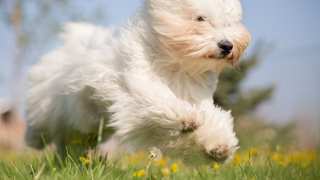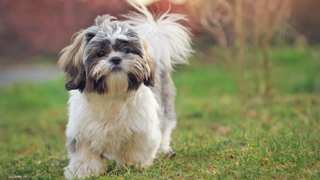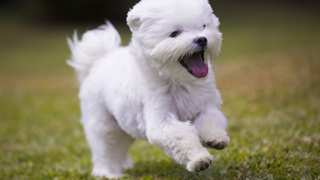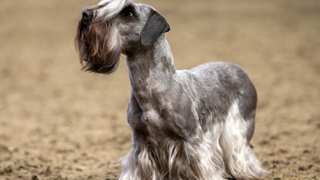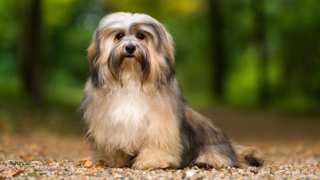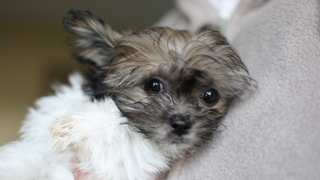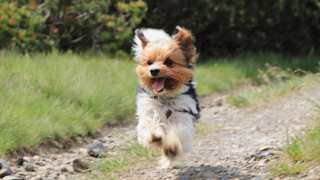Lhasa Apso haircuts, especially short haircuts, are fairly easy to do at home. The most common clipping style for the Lhasa Apso is the puppy cut. There are several variations of this depending upon what length clipper guard you decide to use so they can end up appearing anywhere from shaved to fluffy. Also, some owners choose leave the hair on the head and tail a little longer (including the ears) and this gives them more of a teddy bear appearance.
Lhasa Apso hairstyles for longer coated dogs are fairly simple. They are brushed so the hair falls along either side of the face and the same along the length of the back. Since the hair rarely sheds, they will need trimming to ends of the coat with grooming scissors-- there is no timeline for this and you can do so at your discretion.
Cute Lhasa Apso haircuts often require methods to keep the hair out of the eyes-- which are even cuter! Many owner use barrettes and bows to pull back the bangs while others opt to braid it. Although your Lhasa has strong lashes that are capable of allowing her to see, this is an extra cute way to make it easier.
A couple additional details:
- Make sure to trim the paws (including underneath) as this breed is prone to having excesses of hair growing between the toes.
- Grooming a Lhasa Apsos face can be done with scissors if you are nervous with the clippers-- but this is more difficult and requires a lot of shaping to the head. It is actually quite simple to clip the hanging hair on the ears, shave down the sides of the muzzle and above the eyes. Voila! The face is in excellent shape.

